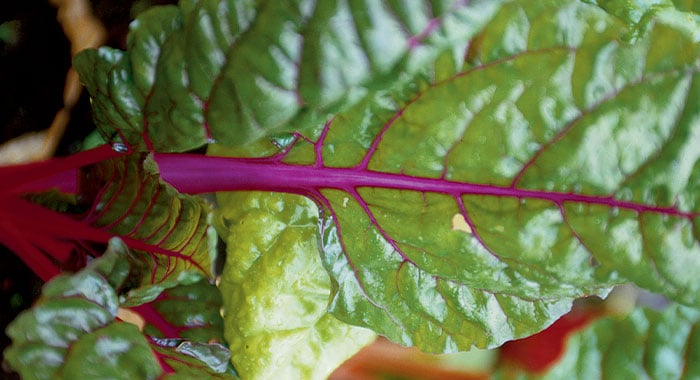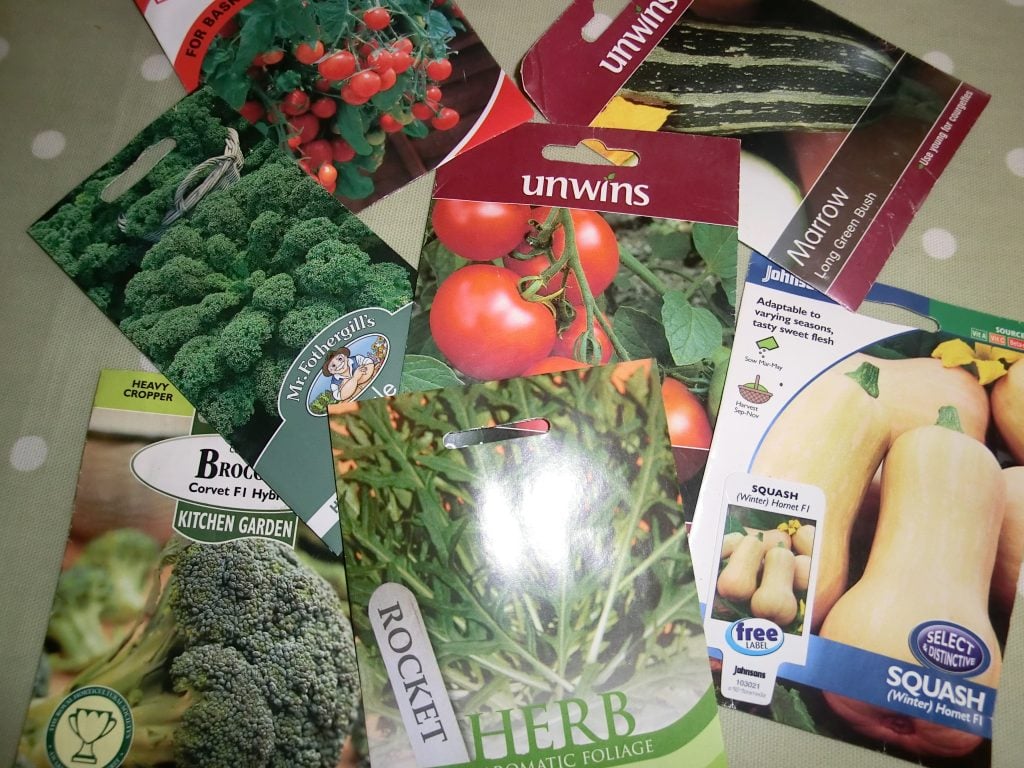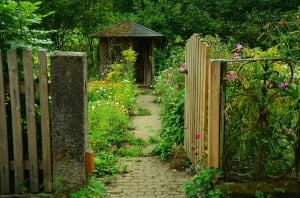Sow and grow veg - start now to grow your five a day
Sow and grow veg to reduce air miles, have food on your doorstep, eat more and more tasty veg - oh yes, and beat the effects of supermarket shortages. Did you hear that the rain in Spain which led to shortages of green and salad vegetables in some UK supermarkets led to a run on salad seeds in London garden centres as people decided to sow and grow veg? That's a great result for UK gardening - join the trend now and be ahead of the next shortage.
Sow and grow veg: where to start?
Four simple tips to start you off:
- Sow and grow veg you like: sounds obvious, but what's the point of growing veg that you aren't keen on eating?
- Sow and grow veg that will like your garden or your patio pots: wild and windswept gardens aren't the best place for tender courgettes but could suit cavolo nero (the black, Italian kale) or old fashioned (and very good for you) kale
- Sow and grow veg that is best eaten very fresh: salad is the thing here. Tired lettuce is not good, a 'Little Gem' lettuce fresh from the garden is fantastic.
- Sow and grow veg that grows fast and you eat a lot of: spinach is the one I choose here. It tastes superb when fresh and, with adequate warmth and water (bring on the British summer), you can keep cutting it week after week. Where I live spinach beet or perpetual spinach grows better than spinach - try any of them!

Sow and grow swiss chard varieites with brightly coloured stems that look good in any garden. It's a great alternative to spinach leaves.
Want to know more - try the RHS website and other gardening websites.
What next?
- Read seed packets: be realistic about what will grow in your space and understand how soon your crop will be ready.
- Sow indoors and out: some seeds are best sown where they will grow, outdoors. Others can be started indoors, or under cover, and transplanted. Sowing indoors in the warm and under your watchful eye gives plants a head start so your crops roll in sooner. Read the seed packet to find out what method will suit the veg you want to sow and grow.
- Use ready made seed trays or pots, or make holes in the bottoms of old fruit and veg punnets to sow indoors or under cover.
- Use shop bought seed compost - it is designed for seeds to grow and is free of pests and diseases.
- Big seeds (such as beans, courgettes or pumpkins) are best sown indoors individually in pots or cardboard tubes (the inside of a toilet roll is perfect) and planted into larger containers or the garden when the seedlings are a good size.
Sow and grow veg for a steady supply of crops
For leafy veg, carrots and crops such as spring onion and radish, successional sowing is the key. This means you sow about a 30cm length of seeds each week. And as the first length you sowed is ready to eat, the next is ready a week later. Perfect!
Some veg grow quicker than others - salad leaves are fast, beans are pretty quick, leeks take a long time. Plan to sow and grow a mix of veg to provide you with different veg through the year.
No garden? No problem!
Sow and grow veg that thrive in containers. The RHS offers a great list of suggestions and ideas for a steady supply of different veg through the year.
Trouble shooting
Indoors, make sure seeds and seedlings aren’t too soggy or humid, leave room for air to circulate around them and don’t over water or they may ‘damp off’ (die).
Outdoors, if seedlings don’t appear after two weeks, sow some more – the weather may have turned cold or wet or our friends the slugs may have had a tasty treat. Cover young seedlings with horticultural fleece to protect them from birds. Read our blog for ideas on slug control and do what you have to do to protect your seedlings from slugs and snails.
Sign up for our emails below, so we can send you blogs on gardening tips, as well as updates on our sales, so you don’t miss out on those garden furniture bargains!









